Introduction
HEALTHeLINK: It’s Working.
After spending the last 12 years building Western New York’s health information exchange, HEALTHeLINK is delivering more and better ways to serve physicians and health care organizations in the secure electronic exchange of clinical information. Focusing on enhancing patient care, HEALTHeLINK is streamlining care coordination and care transitions, improving the quality of data, and exploring how best to serve the health care community of the future through population health measures and reporting.
Scroll